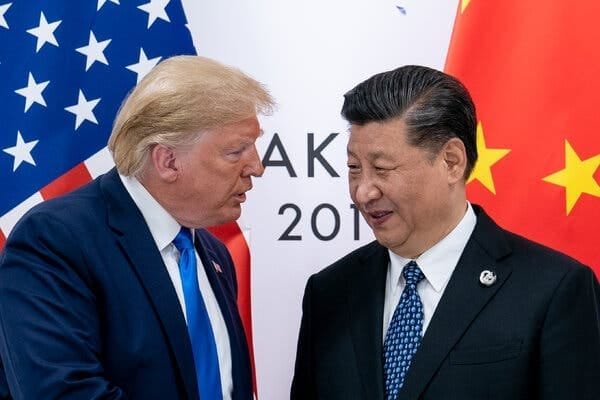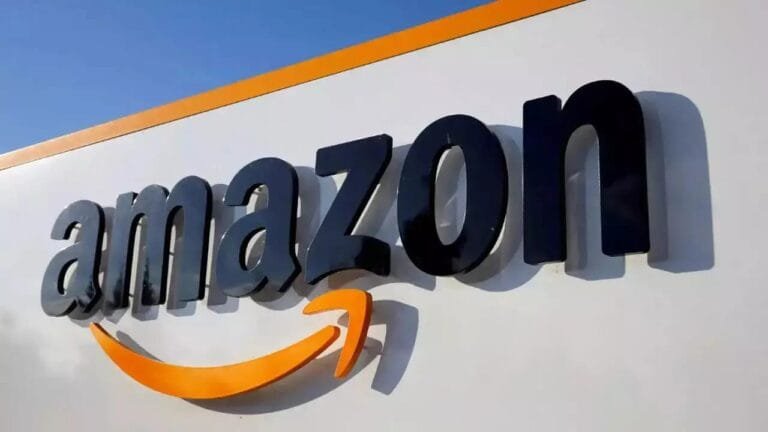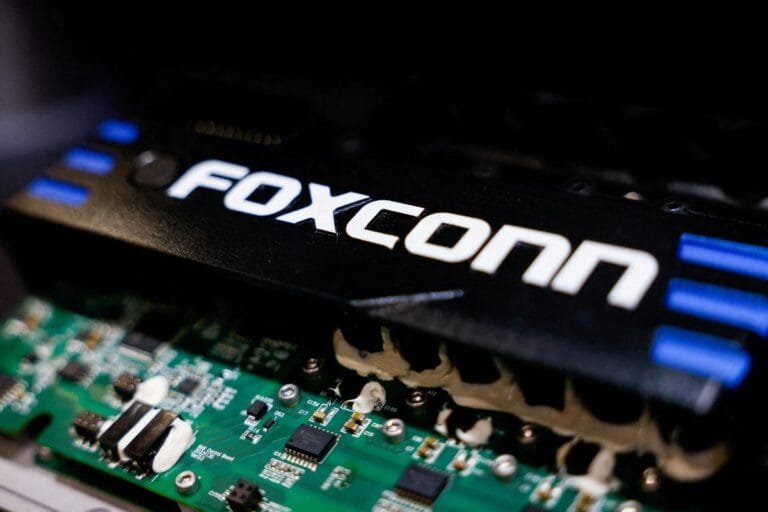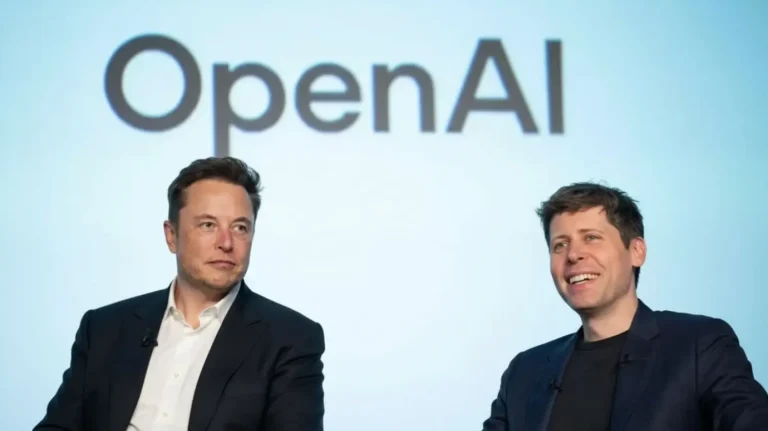
President Donald Trump meets Asian leaders in Tokyo as part of his 2025 Asia tour, focusing on trade, tariffs, and technology cooperation.
Background
What is the Asia tour about and why is Trump visiting Asia in his second term or, if this news is accurate, his second term including Malaysia, Japan, and South Korea The main reasons are the growing US-China trade and technology conflict, tariff hikes, etc., and the need to reestablish America’s role in Southeast Asia and East Asia and challenge China’s influence Revisiting trade/technology/security relationships with key partners like Japan and South Korea. Also, the US President’s use of tariffs as a policy tool.
Key Agenda Points
Trade and Tariffs: This is a key, if not the most important, point of this trip. The US has increased tariffs and imposed technology restrictions on goods imported from China, while China has responded For example: China has increased controls on rare earth metal exports, which are used in electronics, vehicles, and defense materials. Trump has stated that if an agreement is not reached, he is considering imposing 100% tariffs on Chinese imports from November 1st. Possible components of an agreement: China could promise to purchase American soybeans and Boeing products; the US could loosen controls on certain Chinese technology/chips. However,
experts believe that a major agreement is unlikely—most likely a “time-consuming” solution Other China-US issues: In addition to tariffs, the following are also likely to be discussed at the meeting: Technology and chips: The US wants to make it easier to supply high-tech chips to China; China wants technology transfer and better market access for US companies.
which the US considers a strategic weakness.
Taiwan issue: The two leaders (Trump and Xi) may discuss this. Russia and energy: China-Russia relations may also be discussed in the context of US sanctions. US-Partner Relations in Southeast and East Asia Japan: Trump will meet with Japan’s new Prime Minister (Sanae Takaichi). Japan is expected to announce a major investment in the US (e.g., $550 billion). South Korea is working on a US-South Korea Trade and Investment Agreement.
What’s in the Cards
Below, we analyze what agreements, announcements, or maneuvers are likely during this visit Possible Outcomes Intermediate Trade Agreement The US and China could agree on a “truce period” or temporary agreement instead of a major, permanent agreement, in which the US would reduce some tariffs and China would relax some import and technology controls. For example, China could promise to buy US soybeans and Boeing; the US could ease some chip export conditions for China. Increasing US presence in partner countries could further strengthen US relations with Japan and South Korea—through major investment and trade agreements. Projecting the US as an alternative to China in Southeast Asia.
Potential Risks and Challenges
The global economy and supply chains could be affected. Friendly countries could become enemies. Countries caught in a US-China conflict could face increased difficulties—for example, investing and making decisions in Southeast Asia could be challenging. Japan or South Korea could be forced to act as a mediator between the US and China. A perception of “big statements, little results” could emerge. Furthermore, uncertainty over North Korea’s nuclear and weapons programs could persist. US Domestic Challenges: Trump could face domestic opposition, divisions in Congress, and other policy challenges. Lack of expected foreign policy success could weaken his domestic political position.
What announcements or steps are expected?
There could be at least one memorandum or public statement between the US and China promising, “We will maintain dialogue over the next X months.” The US could announce major investment agreements with Japan or South Korea—such as the $550 billion investment Japan has mentioned in the US. The US could also enter into a trade/security agreement with a country in Southeast Asia, demonstrating a local alternative to China. The North Korea gesture—Trump expressing openness (“I’m ready, I can meet”)—is a political message. China easing rare earth export controls or promising some tariff review—is the most likely “small-deal” direction.
Conclusion
This visit is significant because it is not just a three-nation visit; it reflects a larger intersection of US-China-Asia geopolitics, trade, technology, and security. The challenge facing Trump is how to balance his mercantilism with his policy stance on China. If successful, it could be a major foreign policy breakthrough for Trump; If not, he could face criticism—trade tensions could escalate, and America’s global standing could be in jeopardy. Other countries, including India, are closely monitoring the visit’s guidelines.



